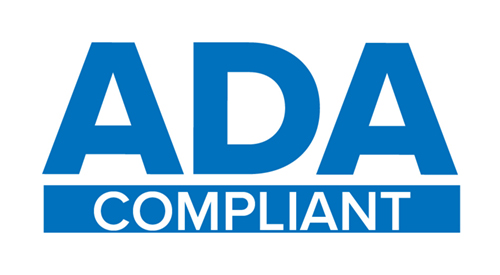Handling water damage after heavy rain/flooding
Dealing with water damage after rain and flooding can be a challenging task, but taking immediate and proper steps can help mitigate the damage and prevent further issues like mold growth. Here’s a guide on how to handle water damage effectively:
1. Ensure Safety First
- Turn Off Electricity: Before entering the affected area, turn off the electricity and gas to avoid electrical hazards.
- Wear Protective Gear: Use rubber boots, gloves, and masks to protect yourself from contaminated water and potential hazards.
2. Assess the Situation
- Check for Structural Damage: Inspect for any signs of structural damage, such as cracks in walls, floors, or ceilings.
- Document the Damage: Take photos and videos for insurance purposes before beginning any cleanup or repairs.
3. Remove Standing Water
- Use Pumps and Wet/Dry Vacuums: If the water level is high, use pumps or wet/dry vacuums to remove standing water.
- Mop Up Smaller Puddles: For smaller amounts of water, mops and towels can be used.
4. Dry Out the Area
- Open Windows and Doors: Improve air circulation by opening windows and doors.
- Use Fans and Dehumidifiers: Set up fans and dehumidifiers to help speed up the drying process.
- Remove Wet Items: Remove wet furniture, carpets, and other items to prevent mold growth.
5. Clean and Disinfect
- Clean Surfaces: Use soap and water to clean hard surfaces.
- Disinfect: Apply a disinfectant to prevent bacteria and mold growth. Make sure to follow the product’s instructions.
6. Check for Mold
- Inspect for Mold Growth: Look for visible signs of mold or a musty odor. Mold can begin to grow within 24-48 hours of water exposure.
- Professional Mold Remediation: If mold is detected, consider hiring professionals for mold remediation, especially if the area is large or the mold is extensive.
7. Repair and Restore
- Replace Damaged Materials: Replace damaged drywall, insulation, flooring, and other materials that cannot be salvaged.
- Repaint and Refurbish: Once the area is completely dry, you can repaint walls and refurbish as needed.
8. Insurance and Financial Considerations
- Contact Your Insurance Company: Report the damage and file a claim as soon as possible.
- Document All Costs: Keep records of all expenses related to the cleanup and repairs.
9. Prevent Future Damage
- Inspect Your Home’s Drainage System: Ensure that gutters, downspouts, and drains are clear and functioning properly.
- Install Sump Pumps and Backflow Valves: Consider installing sump pumps and backflow valves to prevent future flooding.
By taking these steps, you can effectively handle water damage and restore your home to its original condition.




